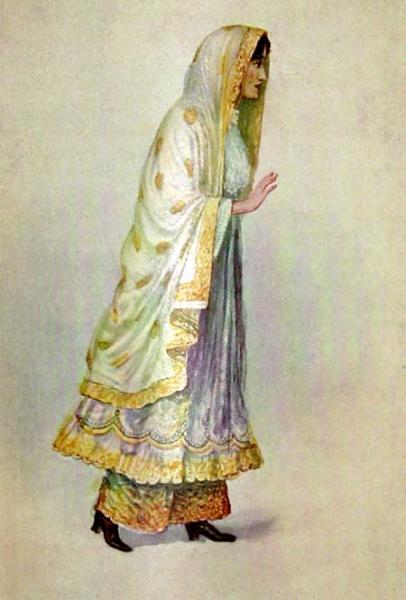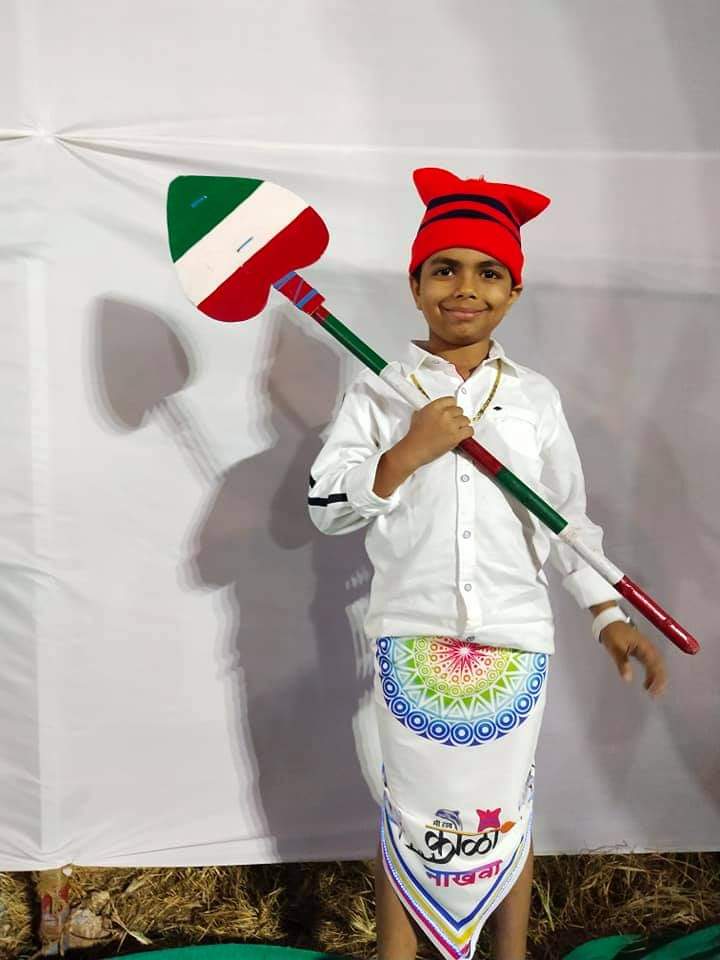|
Bagasara-Ghed
Bagasara-Ghed, also known as Bagasara (Sil), is a village in Mangarol Taluka of Junagadh district, Gujarat, India. Bagasra-Ghed lies thirty-four miles to the south-west of Junagadh. History It appears from the inscription in the temple of the Koteshvar Mahadev at Kodinar that in 1272 (Samvat 1328) this village was under the rule of Visaladeva, the Vaghela dynasty, Vaghela king of Anhilwad Patan, the then lord paramount of Gujarat, and that he granted it to a dependent of his named Nana, a Nagar Brahmin, who also held a seventh share in the revenue of Mangrol, Kathiawar, Mangrol. There is a ''paliya'' (memorial stone) in the grain-yard at Bagasara dated 1392 (Samvat 1448) from which it seems that Pato, son of Samo, was slain in battle at Bagasara in the victorious reign of Mokalasimha, the Chudasama dynasty, Chudasama ruler of Junagadh. Later ''paliya''s bear the names of the Sultans of Gujarat Sultanate of Ahmedabad as being lords-paramount here. All these ''paliya''s bear the n ... [...More Info...] [...Related Items...] OR: [Wikipedia] [Google] [Baidu] |
Mandalika III
Mandalika III, called by the epithet Ra Gangajalio, was a Chudasama dynasty, Chudasama king of Saurashtra (region), Saurashtra region of western India who reigned from to (Vikram Samvat, VS 1507 to VS 1527). His capital was at Junagadh. Mandalika was married to a daughter of Arjun Bhim Gohil of Arthila, named Kunta Devi, who had been brought up in the house of one Duda Gohil, her uncle. Mandalika's first military exploit was an expedition against Sangan Vadhel of Bet Dwarka, because that chieftain had omitted to send a present on the occasion of his installation. A successful attack was made against Bet Dwarka, and Sangan Vadhel was taken prisoner but afterwards released, and Mandalika returned in triumph to Junagadh. He was sent by the Gujarat Sultanate, Gujarat Sultan to fight his relative Duda Gohil of Arthila whom he defeated and killed. He sacked Arthila and the Gohil family had to move to Lathi State, Lathi. During his reign, Junagadh was attacked by Gujarat Sultan Mah ... [...More Info...] [...Related Items...] OR: [Wikipedia] [Google] [Baidu] |
Mokalasimha
Ra Mokalasimha, also known as Muktasimha, was a Chudasama king of Saurashtra region of western India who reigned from 1384 CE to 1396 CE ( VS 1440 to VS 1452). He ruled from Junagadh and later moved his capital to Vanthali when Saurashtra came under influence of the Delhi Sultanate. Reign Mokalasimha succeeded his brother Mahipati-Mahipala II. The Dhandhusar inscription mentions that he had defeated the kings of Kutch (probably Jadeja king) and Sindh at Bhubritapalli (now Ghumli). It further adds that he had moved the capital from Junagadh to Vanthali following the order from the Governor of Gujarat on behalf of Delhi Sultan Firuz Shah Tughluq who placed a ''thanadar'' in Junagadh. The Sultan is mentioned as ''Patasahiprabhu''. In 1394 CE, Governor of Gujarat Zafar Khan (later Muzaffar Shah I who founded Gujarat Sultanate) marched with a large army into the peninsula and attacked Vanthali. Mokalasimha had to surrendered and pay a heavy tribute. During his reign, the Somnat ... [...More Info...] [...Related Items...] OR: [Wikipedia] [Google] [Baidu] |
Junagadh District
Junagadh district is a district of the Indian state of Gujarat. Its administrative headquarters is the city of Junagadh. Geography The district is located on the Kathiawar peninsula in western Gujarat. It is surrounded by Rajkot District (North), Porbandar District (North-West), Amreli District (East). To the South and West is the Arabian Sea. Porbandar, was earlier a part of this district, before the Porbandar district was carved out of Junagadh district. Junagadh has a mountain range called Girnar which is a place of pilgrimage for Hinduism and Jainism. Divisions Talukas of Junagadh are: Junagadh City, Bhesan subdistrict, Junagadh Rural, Keshod, Malia, Manavadar, Mangrol, Mendarda, Vanthali, Visavadar Transportation Junagadh is well connected by road and railway networks. It is about 100 km from Rajkot and 350 km from Ahmedabad. National highway 8D connects Junagadh to Rajkot via Jetpur. Junagadh railway station is also well connected with Rajkot, Ahmedabad. ... [...More Info...] [...Related Items...] OR: [Wikipedia] [Google] [Baidu] |
Lohana
Lohana, also referred to as Loharana, Thakkar and Lohrana, are an Indian trading or mercantile ''jāti''. Lohanas claim to be descendants of the Lava, son of Rama, and to descend from the Raghuvanshi dynasty.Lachaier, Pierre. "Cérémonies D'hommage à Sarasvatī Et Aides à L'éducation Chez Les Lohāṇā De Pune." Bulletin De L'École Française D'Extrême-Orient 94 (2007): 27-58. Accessed November 2, 2020. http://www.jstor.org/stable/43733204. The Lohanas are divided into many separate cultural groups as a result of centuries apart in different regions. Thus there are significant differences between the culture, language, professions and societies of Gujarati Lohanas, Sindhi Lohanas, and Kutchi Lohanas. Origin According to historian Richard Burton, Lohanas originate in Lohanpur in Multan district of Punjab (now in Pakistan). Matthew A. Cook adds that according to Burton, Lohana's largely Punjabi origin can be considered on basis of "features and manners, ceremonies and ... [...More Info...] [...Related Items...] OR: [Wikipedia] [Google] [Baidu] |
Khoja
The Khojas ( sd}; gu, ખોજા, hi, ख़ोजा) are a mainly Nizari Isma'ili Shia community of people originating in Gujarat, India. Derived from the Persian Khwaja, a term of honor, the word Khoja is used to refer to Lohana Rajputs or Baniya castes who converted to Islam from Hinduism. They are historically members of the Bania groups converted to Islam by Muslim pirs (saints). In India, most Khojas live in the states of Gujarat, Maharashtra, Rajasthan and the city of Hyderabad. Many Khojas have also migrated and settled over the centuries in East Africa, the Caribbean, Europe and North America. The Khoja were by then adherents of Nizari Isma'ilism. In the late 19th and early 20th centuries, particularly in the aftermath of the Aga Khan Case a significant minority separated and adopted Sunni Islam and Twelver shi'ism, while the majority remained Nizari Isma'ili. In Pakistan, most Khoja live in Karachi in Sindh province. Etymology The term ''Khoja'' derives from ... [...More Info...] [...Related Items...] OR: [Wikipedia] [Google] [Baidu] |
Memons (Kathiawar)
The ancestors of present-day Memons who settled a few centuries ago in various parts of the districts of India, particularly Kathiawar (now Saurashtra), commonly identified as simply Memons. The language of Kathiawadi Memons is Memon Memon may refer to: Ethnic group and language * Memon people, an ethnic group originating in the ancient Sindh (modern day Pakistan) * Memoni language, the language of Memon people historically associated with Kathiawar, Gujarat, India People wit ..., sometimes called ''Memoni''. The South African Memon community is largely descended from Memons who emigrated from Kathiawar in the early twentieth century. See also * Memon (other) References {{reflist Social groups of Pakistan Muslim communities of Gujarat ... [...More Info...] [...Related Items...] OR: [Wikipedia] [Google] [Baidu] |
Koli People
The Koli is an Indian caste found in Rajasthan, Himachal Pradesh, Gujarat, Maharashtra, Uttar Pradesh, Haryana, Karnataka, Odisha and Jammu and Kashmir states in India. Koli is an agriculturist caste of Gujarat but in coastal areas they also work as fishermen along with agriculture. In the beginning of 20th century, the Koli caste was recognised as a Criminal Tribe under Criminal Tribes Act by British Indian government because of their anti-social activities during World War I. The Koli caste forms the largest caste-cluster in Gujarat and Himachal Pradesh, comprising 24% and 30% of the total population in those states respectively. History Early There has historically been some difficulty in identifying people as Koli or as Bhil people in what is now the state of Gujarat. The two communities co-existed in the hills of that area and even today there is confusion regarding their identity, not helped, in the opinion of sociologist Arvind Shah, by there being "hardly ... [...More Info...] [...Related Items...] OR: [Wikipedia] [Google] [Baidu] |
Mer People
Mer, Maher or Mehar (Gujarati: ISO 15919: ''Mēr, Mahēr'', ''Mēhar'' Sanskrit: मेर, महेर, मेहर; Gujarati: મેર, મહેર, મેહર; IPA: mer, məher, mehər) is a kshatriya caste from the Saurashtra region of Gujarat in India. They are largely based in the Porbandar district, comprising the low-lying, wetland ''Ghēḍ'' and highland ''Barḍā'' areas, and they speak a dialect of the Gujarati language. The Mers of the '' Ghēḍ and Barḍā'' form two groups of the ''jāti'' and together they are the main cultivators in the Porbandar District. Historically, the men served the Porbandar State as a feudal militia, led by Mer leaders. In the 1881 Gazette of the Bombay Presidency, the Mers were recorded numbering at 23,850. The 1951 Indian Census recorded 50,000 Mers. As of 1980 there were estimated to be around 250,000 Mers. Origin Mers of other lineages consider the ''Kēshwaḷā'' as the earliest lineage citing the proverb'': Ādya Mēr ... [...More Info...] [...Related Items...] OR: [Wikipedia] [Google] [Baidu] |
Keshod
Keshod is a town (Now a City) and a Taluka in Junagadh District. History on the name It has been told by many old aged people of this city that the name of the city came from a very interesting incident happened during the Mahabharata time. Krishna ran away with Rukhmani and defeated her brother Rukhmayaa. They were escaping in the jungles for days and nights. During this time Rukhmani washed her hair in the small pond (nowadays called "Utawadiya") available in Keshod. Hair are called "Kesha" and to wash is called "Udd" in Sanskrit, hence the name Keshod came from the addition of these to names in Sanskrit "Kesh-Udd". Since that time the city has been called as Keshod. Infrastructure Keshod Airport serves Junagadh district, which was used by Nawab of Junagadh Muhammad Mahabat Khanji III while escaping to Pakistan. Transportation Keshod have good and clean Government Bus station and also good private buses as well as. Good frequency for the Junagadh, Somanath, Verval, Rajkot, ... [...More Info...] [...Related Items...] OR: [Wikipedia] [Google] [Baidu] |
Ahmedabad
Ahmedabad ( ; Gujarati: Amdavad ) is the most populous city in the Indian state of Gujarat. It is the administrative headquarters of the Ahmedabad district and the seat of the Gujarat High Court. Ahmedabad's population of 5,570,585 (per the 2011 population census) makes it the fifth-most populous city in India, and the encompassing urban agglomeration population estimated at 6,357,693 is the seventh-most populous in India. Ahmedabad is located near the banks of the Sabarmati River, from the capital of Gujarat, Gandhinagar, also known as its twin city. Ahmedabad has emerged as an important economic and industrial hub in India. It is the second-largest producer of cotton in India, due to which it was known as the 'Manchester of India' along with Kanpur. Ahmedabad's stock exchange (before it was shut down in 2018) was the country's second oldest. Cricket is a popular sport in Ahmedabad; a newly built stadium, called Narendra Modi Stadium, at Motera can accommodate 132,0 ... [...More Info...] [...Related Items...] OR: [Wikipedia] [Google] [Baidu] |


.jpg)



